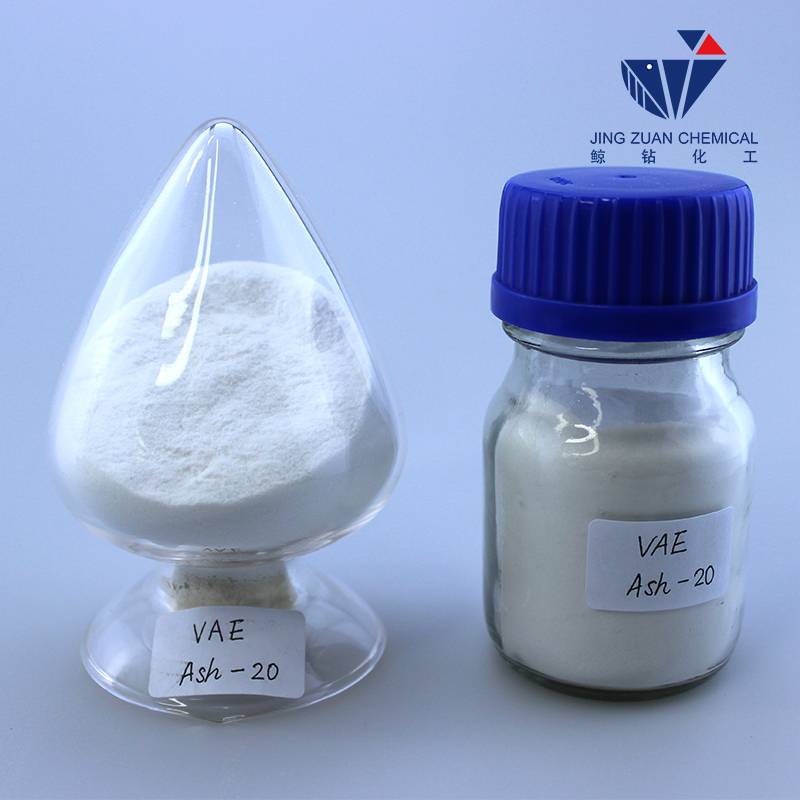
Dec . 14, 2024 01:19 Back to list
Study of HPMC Gelation Temperature and Its Impact on Formulations and Applications
Exploring the Gelation Temperature of HPMC Implications for Various Applications
Hydroxypropyl methylcellulose (HPMC) is a widely used cellulose derivative that has garnered significant attention in various fields, particularly in pharmaceuticals, food applications, and construction materials. One critical property of HPMC that influences its performance in these applications is its gelation temperature. Understanding the gelation temperature of HPMC is essential for optimizing its use across different sectors.
Exploring the Gelation Temperature of HPMC Implications for Various Applications
In the pharmaceutical industry, the gelation temperature of HPMC is particularly crucial for drug delivery systems. HPMC-based gels can be used to encapsulate drugs, providing controlled release characteristics. For instance, when injected into the body, the gelation occurs at physiological temperatures, allowing for a sustained release of the therapeutic agent. This temperature sensitivity enables formulators to tailor release profiles according to patient needs, thus enhancing the efficacy of drug therapies.
hpmc gelation temperature

In the food industry, HPMC's gelation properties are employed to improve texture and stability in various products. It is frequently used in gluten-free baked goods, where it helps mimic the structure provided by gluten, thereby improving dough elasticity and moisture retention. The gelation temperature plays a pivotal role in determining how HPMC interacts with other ingredients during cooking or baking processes. Understanding this temperature helps food scientists optimize formulations to achieve desired textures and mouthfeel.
Moreover, HPMC's gelation temperature is essential in construction applications, particularly in formulations for mortars and plasters. The ability to control the setting time and workability of these mixtures is critical for successful application. By adjusting the gelation temperature through the concentration of HPMC or the addition of other agents, builders can manipulate the time it takes for the material to set, ensuring optimal conditions for construction projects.
Recent research has focused on the modification of HPMC to further enhance its gelation properties. By altering the molecular weight or the degree of substitution of HPMC, scientists can fine-tune the gelation temperature and other rheological properties. This advancement opens up new avenues for creating customized products across diverse fields.
In summary, the gelation temperature of HPMC is a pivotal property that influences its functionality across various applications. From pharmaceuticals to food products and construction materials, understanding and harnessing this property can lead to more effective and innovative formulations. As research progresses, the potential for tailored HPMC applications continues to expand, promising exciting developments in both industry and research.
-
Versatile Hpmc Uses in Different Industries
NewsJun.19,2025
-
Redispersible Powder's Role in Enhancing Durability of Construction Products
NewsJun.19,2025
-
Hydroxyethyl Cellulose Applications Driving Green Industrial Processes
NewsJun.19,2025
-
Exploring Different Redispersible Polymer Powder
NewsJun.19,2025
-
Choosing the Right Mortar Bonding Agent
NewsJun.19,2025
-
Applications and Significance of China Hpmc in Modern Industries
NewsJun.19,2025







